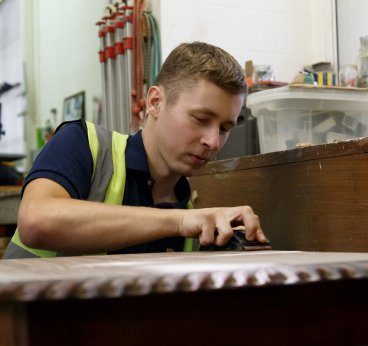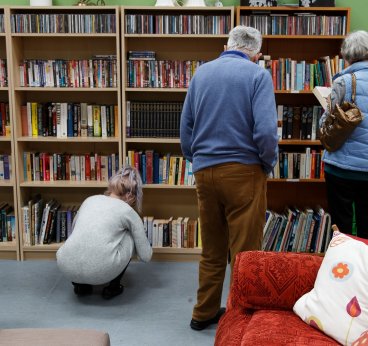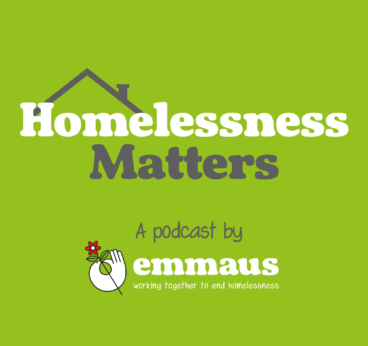New statistics released today show that there has been no significant improvement in the number of people sleeping rough on the streets of England.
The figures, released by the Ministry for Housing Communities and Local Government, show a 2% decrease in rough sleeping from 2017, although this is still a 165% increase since the reporting method was launched in 2010.
Simon Grainge, Chief Executive of Emmaus UK, a charity which provides a home, support and meaningful work in a social enterprise to more than 800 formerly homeless adults across the UK, said: “While we are surprised to see that the figures have remained almost static compared to last year, we know that they represent just a snapshot of the homelessness crisis affecting all areas of the UK.
“30%* of people who have joined one of our Emmaus communities since March 2018 never spent a night on the streets but had nowhere to call home. These counts are carried out on one night in very specific areas, meaning they don’t take into consideration the hidden homeless – those who are living out of public view or sofa surfing.
“While we welcome the government’s investment in strengthening frontline services, these measures do not tackle the underlying factors that are fuelling the steady rise in homelessness. Urgent action needs to be taken to address the lack of genuinely affordable housing, including increasing the supply of social housing and reversing the freeze in housing benefit to reflect the steep increase in the cost of private sector rents in many parts of the country.”
The 2018 figures show that:
- 4,677 people slept rough in England on a snapshot night in autumn 2018. This is a decrease of 2% from the autumn 2017 total of 4,751. Rough sleeping has increased by 165% since reporting began in 2010.
- The number of people sleeping rough increased by 146 or 13% in London, and decreased by 220 or 6% in the rest of England, since 2017.
- London accounted for 27% of the total number of people sleeping rough in England. This is up from 24% of the England total in 2017.
- 14% of people sleeping rough were women, the same as in 2017
- 6% were aged under 25, a decrease from 8% in 2017
- 64% of people sleeping rough were UK nationals.
The figures are based on a street count or estimate of the number of people sleeping rough in each local authority area in England on a single night between 1 October and 30 November. The figures are, as a result, only an indication of the actual numbers of people sleeping rough each year.
*based on 110 entry surveys




